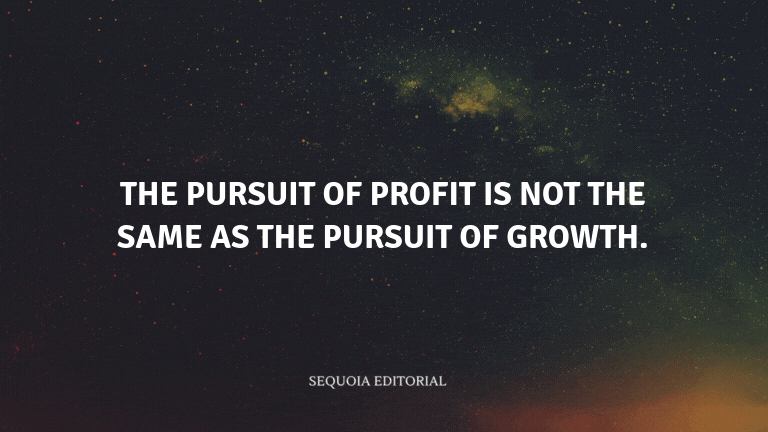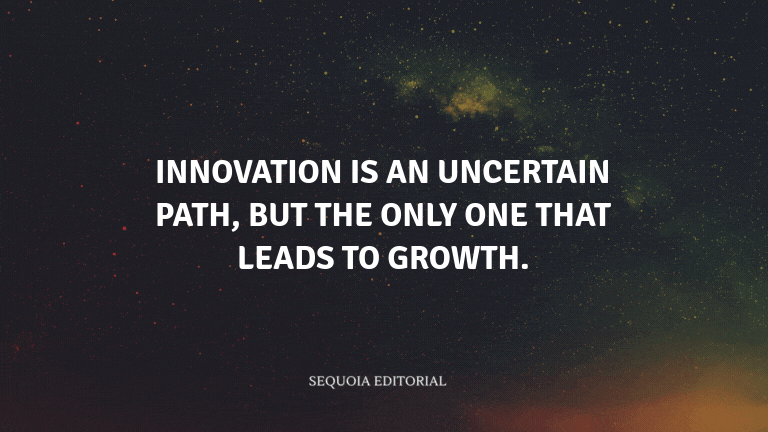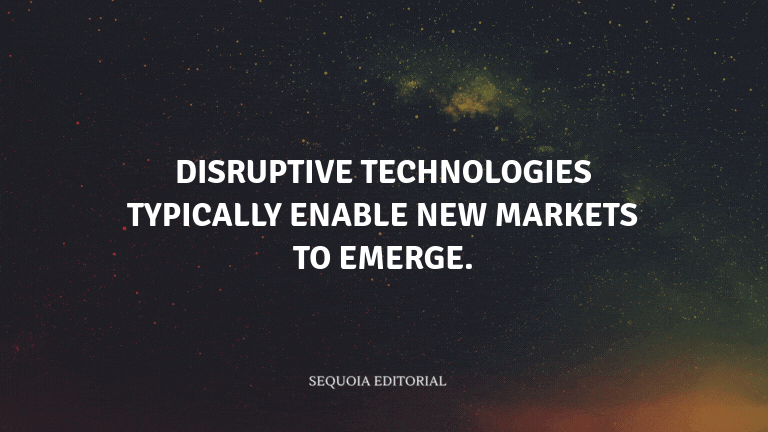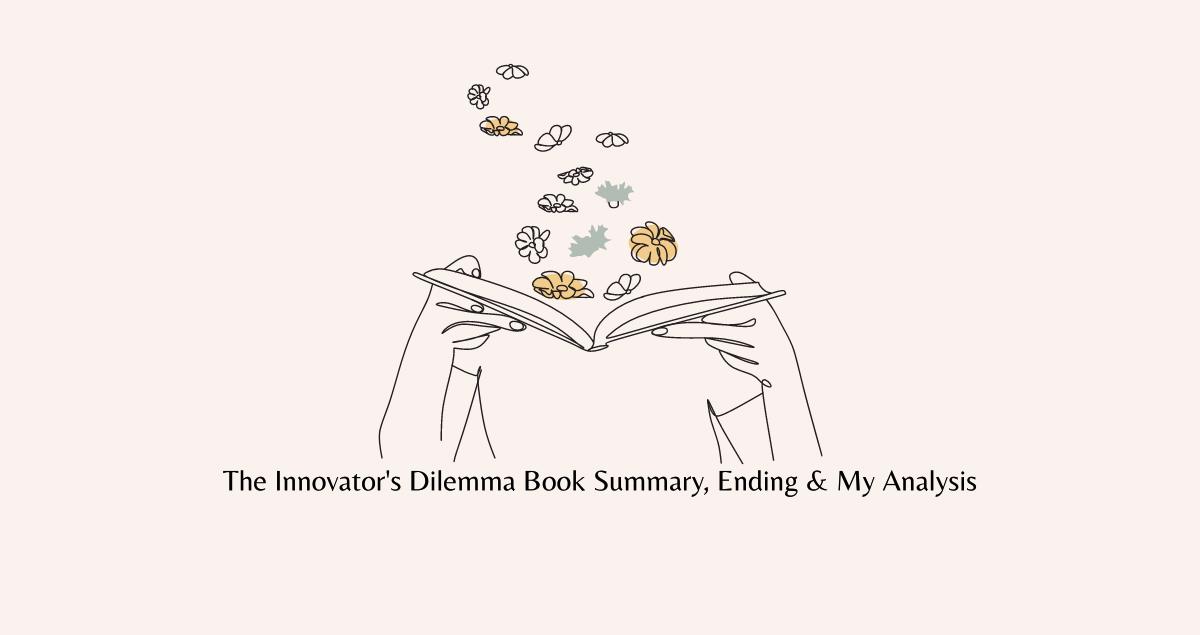The Innovator's Dilemma is about the challenges that successful companies face when they encounter disruptive technologies. It explores how they often fail to adapt, and the strategies needed to overcome this dilemma. The book provides a compelling look into the dynamic world of business innovation and its impact on established companies.
Table of Content
The Innovator's Dilemma Book Summary
Clayton Christensen, a respected Harvard Business School professor, delves into the 'innovator's dilemma,' a term he has coined to describe the struggle successful companies face when new technologies disrupt their existing markets.
He explores how companies often focus on sustaining innovations, which improve products for their existing customers. However, these companies frequently overlook disruptive innovations that create new markets or significantly alter existing ones.
Using the example of the hard-disk drive industry, Christensen demonstrates how successful companies can fail when faced with disruptive technologies. These failures occur due to the companies' reliance on their existing customers, processes, and values.
Christensen provides insight into the two types of technologies—sustaining and disruptive—and the distinct strategies that are required to address them.
He discusses the importance of 'disruptive growth' and how companies should allocate resources and create separate units to address disruptive technologies.
Moreover, he presents the concept of 'value networks' and how they shape the competitive landscape, affecting a company's response to disruptive innovation.
The book outlines the principles of 'overshooting,' which highlight how companies can overinvest in the wrong technological trajectory, leading to their downfall.
Christensen offers practical guidance for managers and entrepreneurs, detailing how to recognize the signs of disruptive innovation and effectively respond to it.
He emphasizes the need for a 'discovery-driven planning' approach, which encourages experimentation and learning in situations of high uncertainty.
The author also discusses the 'technology adoption life cycle' and the challenges companies face as they navigate through the stages of technology maturity.
Financial metrics and the 'innovator's dilemma' are closely linked, and Christensen explains why traditional financial analysis often fails to support investments in disruptive technologies.
In conclusion, the book provides a comprehensive understanding of disruptive innovation and offers a roadmap for companies to successfully manage the innovator's dilemma.
The Innovator's Dilemma Quotes
- The pursuit of profit is not the same as the pursuit of growth.

- Innovation is an uncertain path, but the only one that leads to growth.

- Disruptive technologies typically enable new markets to emerge.

The Innovator's Dilemma Ending Explained
At the end of The Innovator's Dilemma, readers are left with a profound understanding of the challenges that successful businesses face when confronted with disruptive technologies.
Clayton Christensen presents a compelling argument for why companies often fail to adapt and provides a clear framework for how they can overcome this dilemma.
The book's conclusion serves as a call to action, urging businesses to rethink their strategies and embrace disruptive innovation to secure long-term success in a rapidly changing world.
Characters in book The Innovator's Dilemma
- Clayton Christensen: The author and a renowned professor at Harvard Business School. He introduces the concept of disruptive innovation and its effects on established companies.
- Notable Business Leaders: Various real-world examples of business leaders are presented, such as those from the disk drive industry, to illustrate the challenges they face in dealing with disruptive technologies.
- Managers and Employees: Individuals within companies who struggle with the decision-making processes and the impact of disruptive technologies on their businesses and careers.
Key Lessons
- Disruptive Innovation is Inevitable: New technologies will disrupt established markets, and companies must anticipate and prepare for these disruptions.
- Embrace Risk: To navigate disruptive innovation, companies need to be comfortable with taking risks and experimenting with new, unproven technologies.
- Focus on Customer Needs: Understand the job customers want to get done and innovate around those needs instead of solely relying on customer feedback for incremental improvements.
- Separate Business Units: Create separate divisions or units to focus on disruptive technologies, freeing them from the constraints of the parent company.
- Measure Success Differently: Develop new metrics to evaluate the success of disruptive technologies, as traditional metrics may not apply.
My Personal Opinion
Is The Innovator's Dilemma worth reading? Totally! I found it to be a thought-provoking and informative exploration of business innovation. It presents a compelling argument for why successful companies often fail and how they can avoid this fate.
I was particularly impressed by the real-world examples that illustrate the concepts. On the downside, the book's language can be technical, which may be challenging for those unfamiliar with business terminology. However, the depth of insight compensates for this difficulty.
I would recommend The Innovator's Dilemma to entrepreneurs, business leaders, and anyone interested in the dynamics of innovation. It's a must-read for those seeking to understand the complex relationship between established companies and disruptive technologies.

